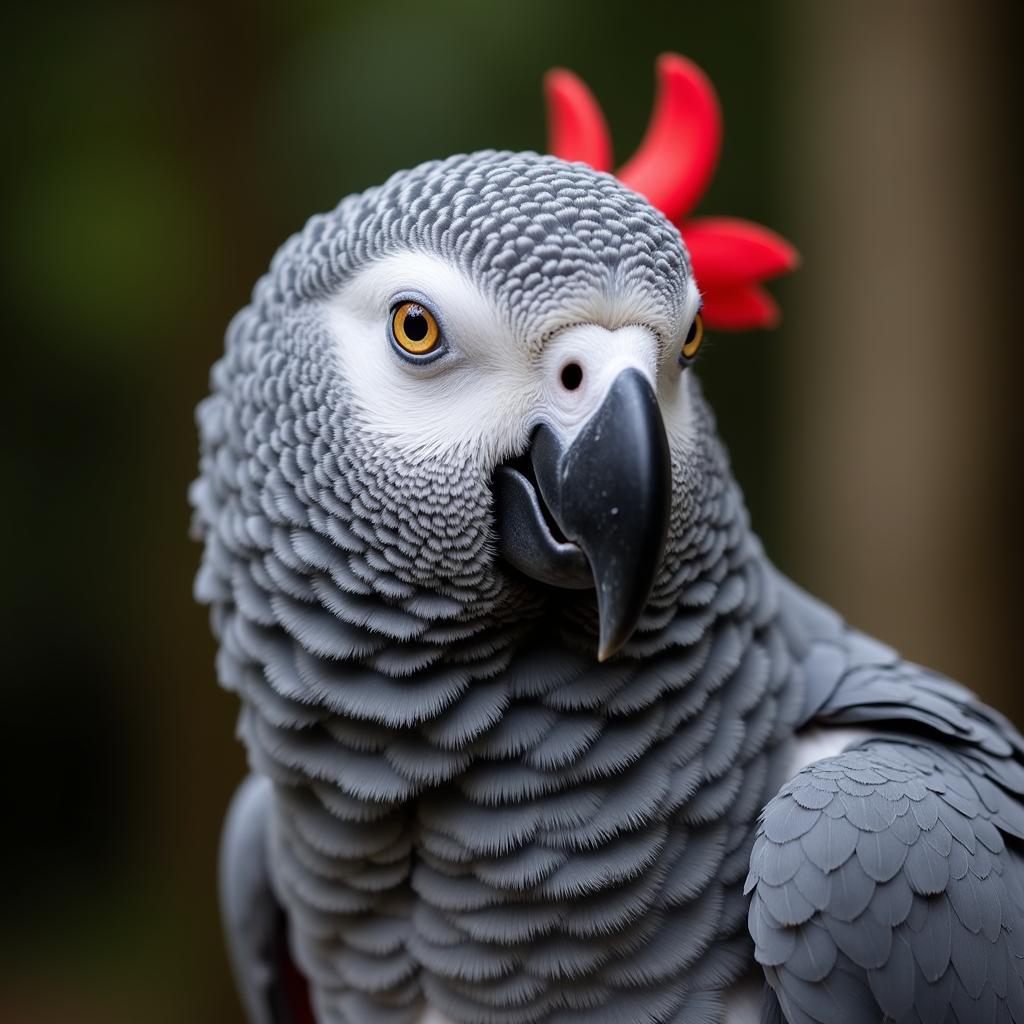Unlocking the African Acacia Tree Scientific Name
The African acacia tree, an iconic symbol of the savannah, is known by its scientific name: Acacia. However, the world of these fascinating trees extends far beyond a single name. This exploration delves into the intriguing science behind the African Acacia Tree Scientific Name, revealing its complexities and the stories behind its classification.
The Shifting Sands of Taxonomy: Why “Acacia” Isn’t So Simple
For many years, the name Acacia comfortably housed hundreds of species, all sharing similar characteristics like their umbrella-shaped canopies and delicate, fern-like leaves. Yet, the scientific community, much like the ever-evolving African landscapes, recognized the need for greater clarity.
Research revealed significant genetic diversity within the genus Acacia. This discovery triggered a botanical debate that led to a reclassification, dividing the original Acacia genus into five distinct genera: Vachellia, Senegalia, Acaciella, Mariosousa, and Acacia.
African Acacia Tree Scientific Names: A Closer Look
This taxonomic shift means that many African acacia species now belong to the genus Vachellia or Senegalia. For instance, the iconic Umbrella Thorn Acacia, formerly known as Acacia tortilis, is now scientifically recognized as Vachellia tortilis. Similarly, the whistling thorn, once called Acacia drepanolobium, is now classified as Senegalia drepanolobium.
Understanding these classifications might seem like a purely academic exercise. However, it has significant implications for conservation efforts, as each genus possesses unique characteristics requiring tailored approaches to ensure their survival.
What’s in a Name? The Importance of Accurate Classification
While the change in scientific names might seem trivial, it reflects a deeper understanding of these trees and their evolutionary relationships. Accurate classification helps scientists:
- Develop effective conservation strategies: By recognizing distinct genetic lineages, conservationists can target specific threats and implement appropriate measures to protect each genus.
- Understand ecological roles: Each species within these genera interacts uniquely with its environment. Knowing their specific classifications facilitates a deeper understanding of their role in supporting biodiversity.
- Unlock potential uses: From medicinal properties to sustainable timber sources, accurate classification allows for the exploration of the unique potential of each acacia species.
Beyond the Scientific: African Acacia Trees in Culture and Tradition
For the people of Africa, acacia trees are much more than scientific subjects. They are deeply woven into the cultural fabric, their significance transcending the confines of scientific nomenclature.
Across the continent, acacia trees serve as gathering places for communities, offering shade in the scorching sun. Their wood, prized for its durability, is used to craft furniture, tools, and even musical instruments. In traditional medicine, various parts of the acacia tree, from bark to gum, are used to treat a range of ailments.
“The acacia is a testament to resilience,” says Dr. Anika Masamba, a renowned ethnobotanist specializing in traditional African plant uses. “It thrives in harsh environments, providing sustenance and shelter to people and wildlife alike. Its deep roots in African culture are a testament to its enduring value.”
The African Acacia Tree: A Legacy of Resilience and Significance
From the vast savannas to the heart of local communities, the African acacia tree, regardless of its evolving scientific name, remains a symbol of resilience, adaptation, and cultural significance. As we unravel the complexities of its classification, we gain a deeper appreciation for the interconnectedness of nature and culture.




